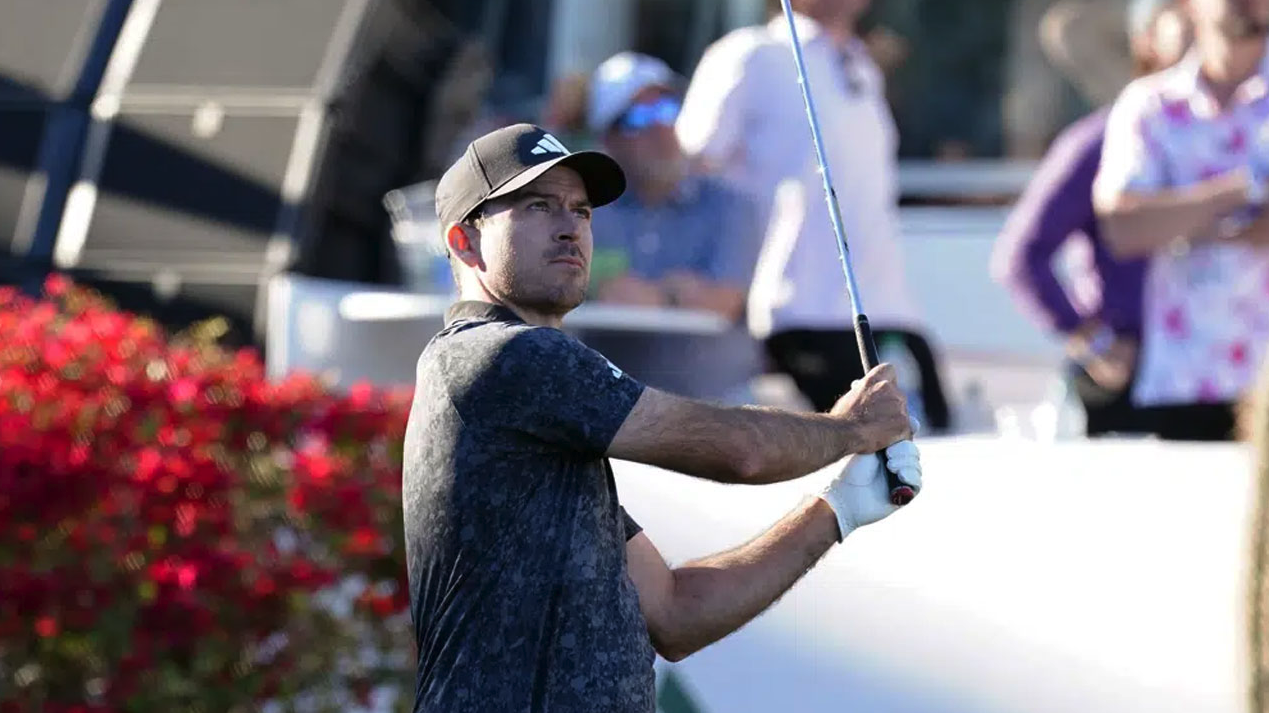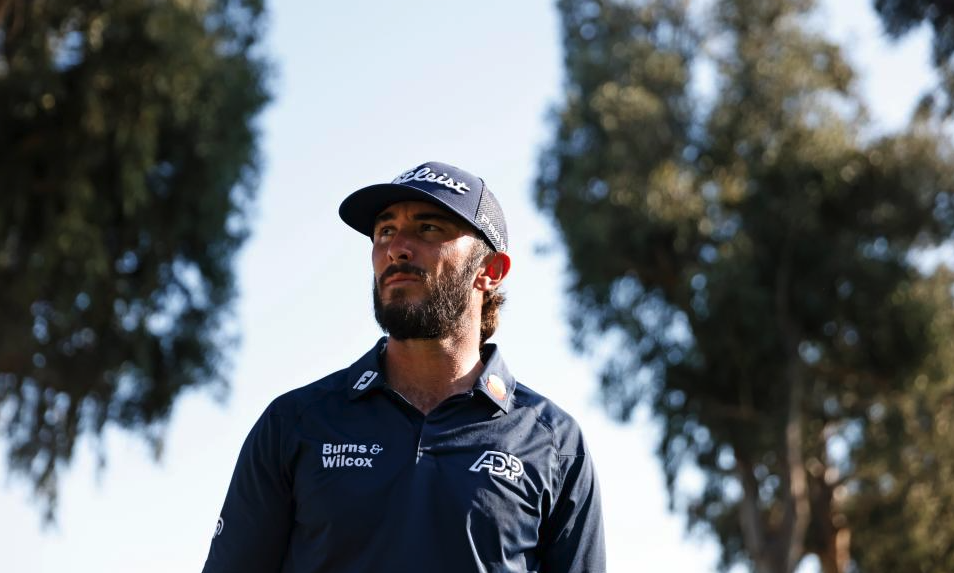As golf fans, we’re always looking for the heroic, win-at-all-costs shot from the pros in contention. But a player’s decision to go for it is rarely simple or easy in the moment.
In each of the last two PGA Tour events, the WM Phoenix Open and Genesis Invitational, there was a moment when the struggle between self-belief and risk tolerance impacted the decision making of the player attempting to chase down the leader. One instance saw a player risk hundreds of thousands of dollars in his attempt to win. The other saw a player take the conservative route as he hoped to hang around and potentially sneak away with victory. They were different examples of player strategy in the heat of battle. And when looked at within the confines of each player’s decision, they are easy to understand.
During the final round of the WM Phoenix Open, Nick Taylor stood 240 yards away from the green on the par-5 15th hole, deciding whether to go for the green in two. He was one shot behind Scottie Scheffler, who stood off to Taylor’s right, awaiting a very similar decision as his tee shot was just three yards longer. The 15th hole at TPC Scottsdale has an island green in the shadow of the 16th grandstands, an intimidating arena to be sure. But the green is not the smallest target a Tour player will face throughout the year. There are 20 yards of fairway short of the putting surface with bunkers left and right. The decision facing Taylor was whether to attempt to find the island in two and put pressure on Scheffler, or lay up and hope his opponent didn’t put him away for good.

Nick Taylor at TPC Scottsdale - Photo courtesy of Darryl Webb/AP
The next week, Max Homa found himself two shots behind Jon Rahm on the 71st hole of the Genesis Invitational. Max’s ball was in the greenside bunker on the par-5 17th. Rahm, having just birdied two of the last three holes to push ahead of Homa, had already played out of the same bunker and had 10 feet left for birdie. Unlike his opponent’s lie, Homa faced a lie with the ball above his feet and no green to work with. The decision was whether or not to play well long of the pin and hope to make a 30 footer, or to play the hero shot and potentially pull within one before the uphill home hole.
While the circumstances of the two shots are important, even more notable is the career context of both players at these two moments in time.
Taylor was far from a nobody but also far from a star at the WMPO. His two career PGA Tour titles and $11 million in career earnings are nothing to dismiss. But his lack of clubhead speed (he’s never ranked in the top 100) often leaves him well behind his playing partners. Still, he’s made a healthy living playing pro golf. But on Sunday at the WMPO, Taylor found himself in a final pairing with Rahm and Scheffler for a $3-million winner’s pay day. It takes an enormous amount of mental strength to look in the mirror and tell yourself that you belong in the same pairing as two of the best players in the world.
Homa stood in that bunker at Riviera in the prime of his career. He’d won six PGA Tour events, including earlier this year at Torrey Pines, and was a past champion of the Genesis. His Strokes Gained numbers have never been better and over the last 18 months, he’s has emerged as a player you do not want to mess with down the stretch. He’s won six of the 10 events in which he’s entered the final round in the top five and established himself as a bonafide threat, even when up against the likes of Rahm.
From the first cut of the 15th fairway at TPC Scottsdale, Taylor pulled out a mid iron and punched his way down the fairway, in effect, conceding the tournament. He may have believed he could still win by wedging it close and said as much after the round, but his odds of putting real pressure on Scheffler suffered. Taylor was three shots safe and clear of third place at the time so there was no need to worry about his overall position. But the thought of making a big number by hitting his approach in the water had to have weighed on his mind. Scheffler went on to gain a shot on both Nos. 16 and 17 and walked to the 18th tee with a three-shot lead. The tournament was in hand.
After watching Rahm hit his shot to 10 feet, Homa opened up a wedge as far as it could go and attempted to land his shot on the one square inch that would give him a reasonable putt at birdie. He came up a few feet short and stayed in the bunker, ultimately getting up and down for par. Then, from the right trees on No. 18, he again attempted to fire a long iron under overhanging limbs to set up a birdie opportunity instead of playing for par and securing second place. Caddie Joe Greiner asked Max, “Are we playing for three here?” Homa replied with a firm “yes.” A bogey on either hole would have cost him at least $400,000 as he would have dropped to a T-3 or T-4 finish.

Max Homa - Photo courtesy of Michael Owens
This is not a shot at Taylor and his decision or a fawning review of Homa’s all-or-nothing mentality. It’s an outline of the potential factors that went into decisions in pivotal moments. It is completely understandable for someone who isn’t routinely in contention to want to secure their position and hope their opponent falters instead of taking matters into their own hands. On the other hand, it was inspiring to see Homa’s confidence and drive to win his hometown event for a second time. These two players had to decide whether or not they wanted to be aggressive. The complexities and context of their situations were completely different, and that drove one player to take on significant risk while the other avoided risk altogether.
Professional athletes often come across as superior beings capable of things we could never dream of doing. But occasionally we can see ourselves in their decision making. It’s in those moments that we remember they’re human too.


 by
by 
